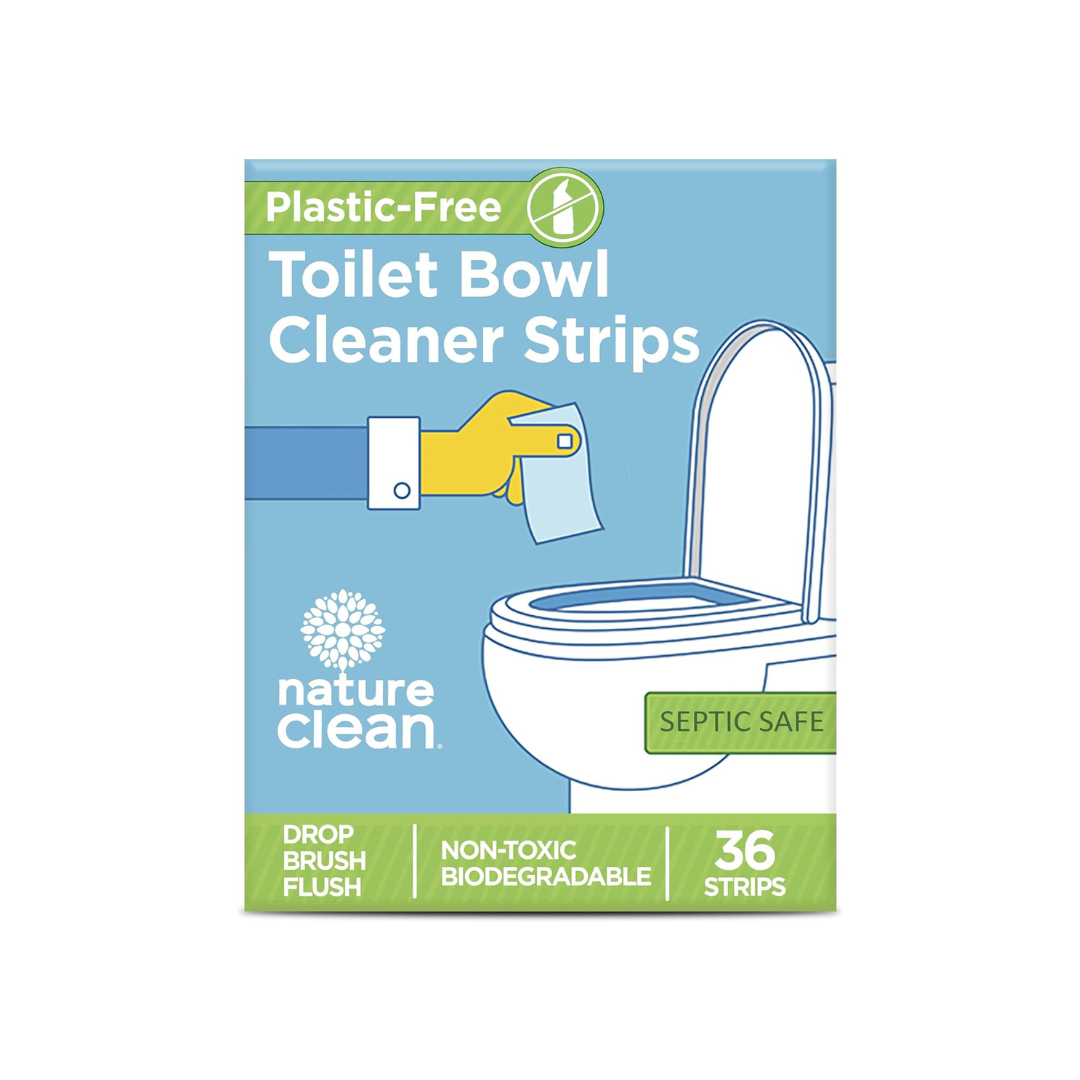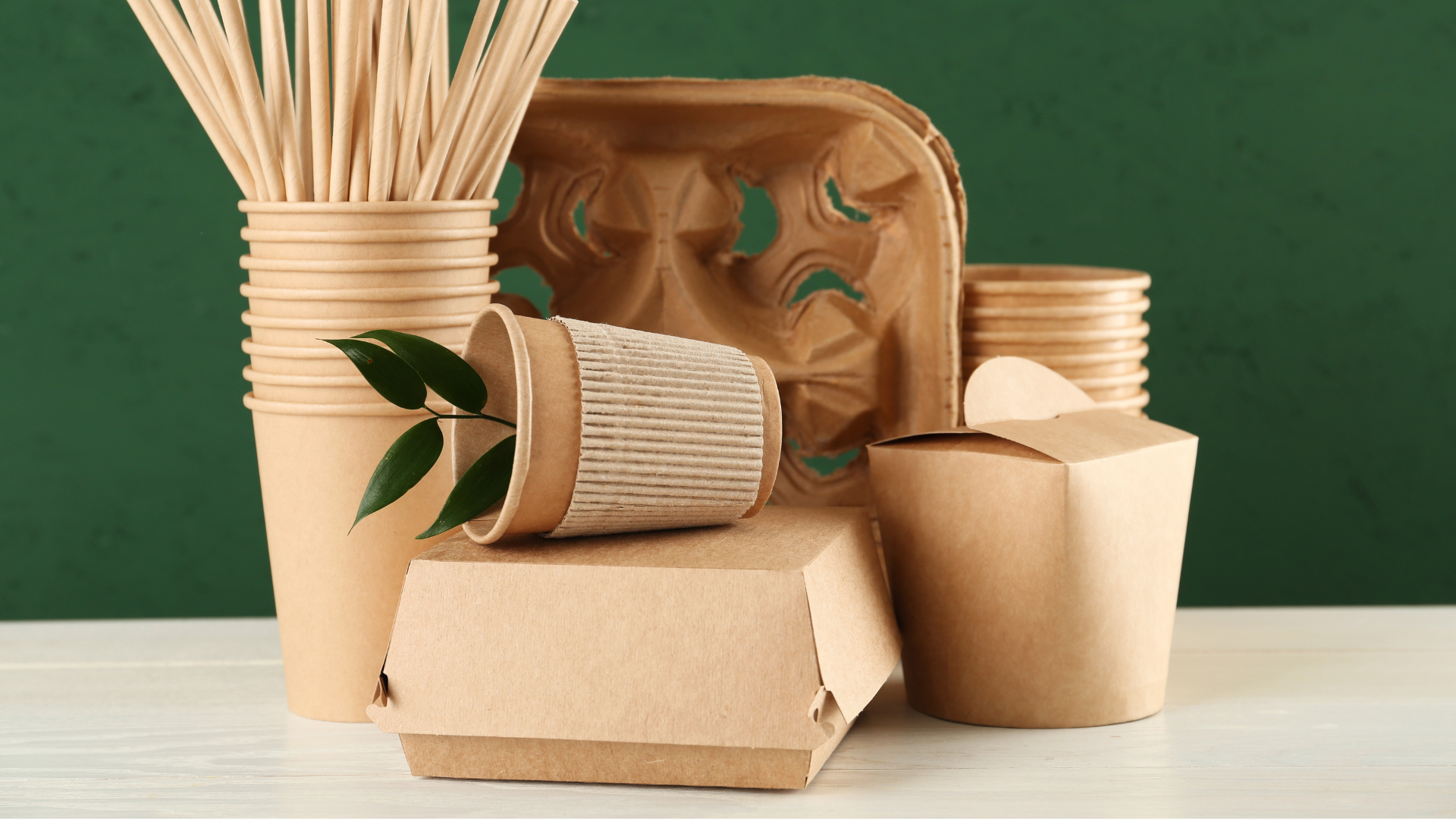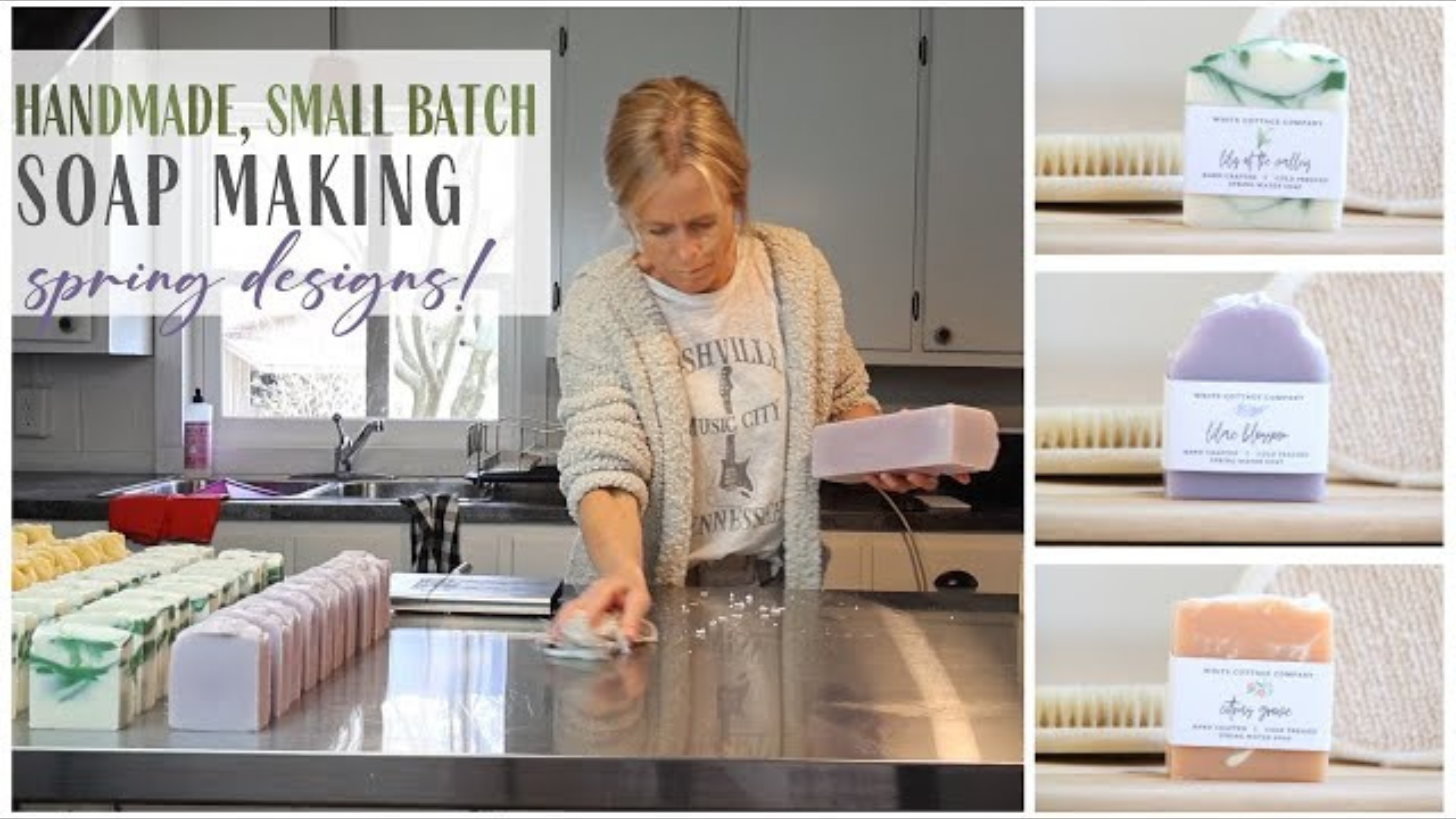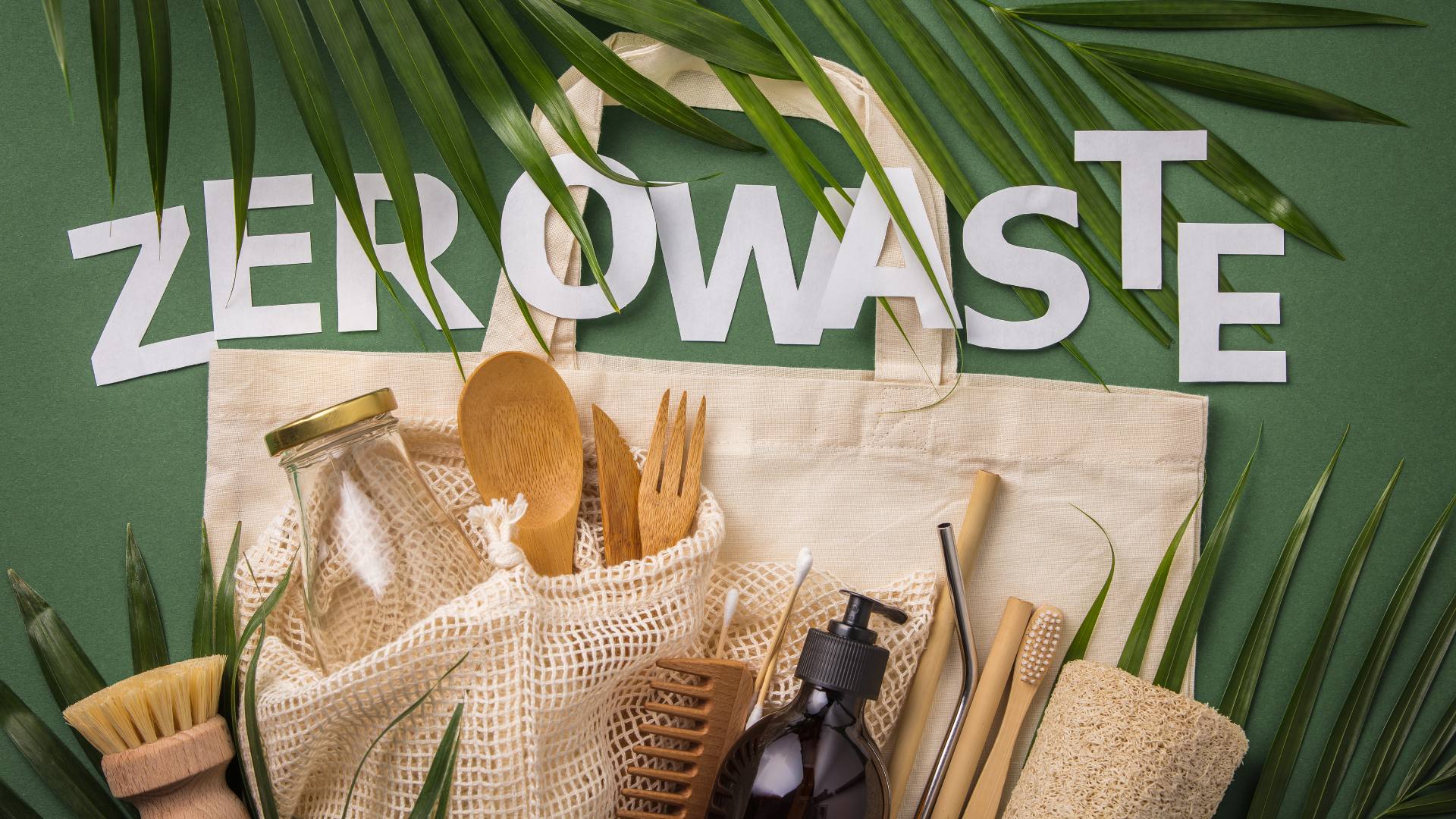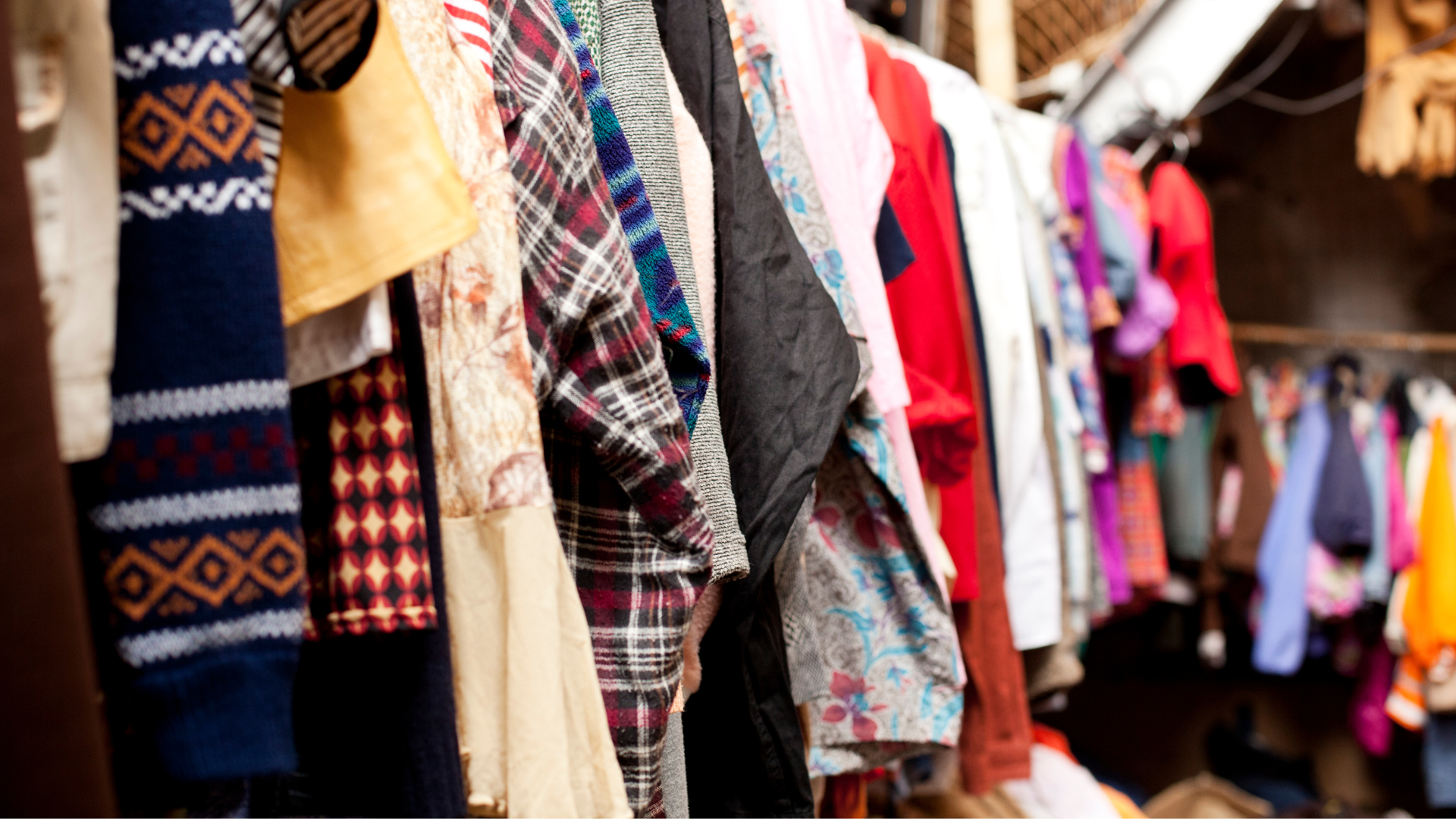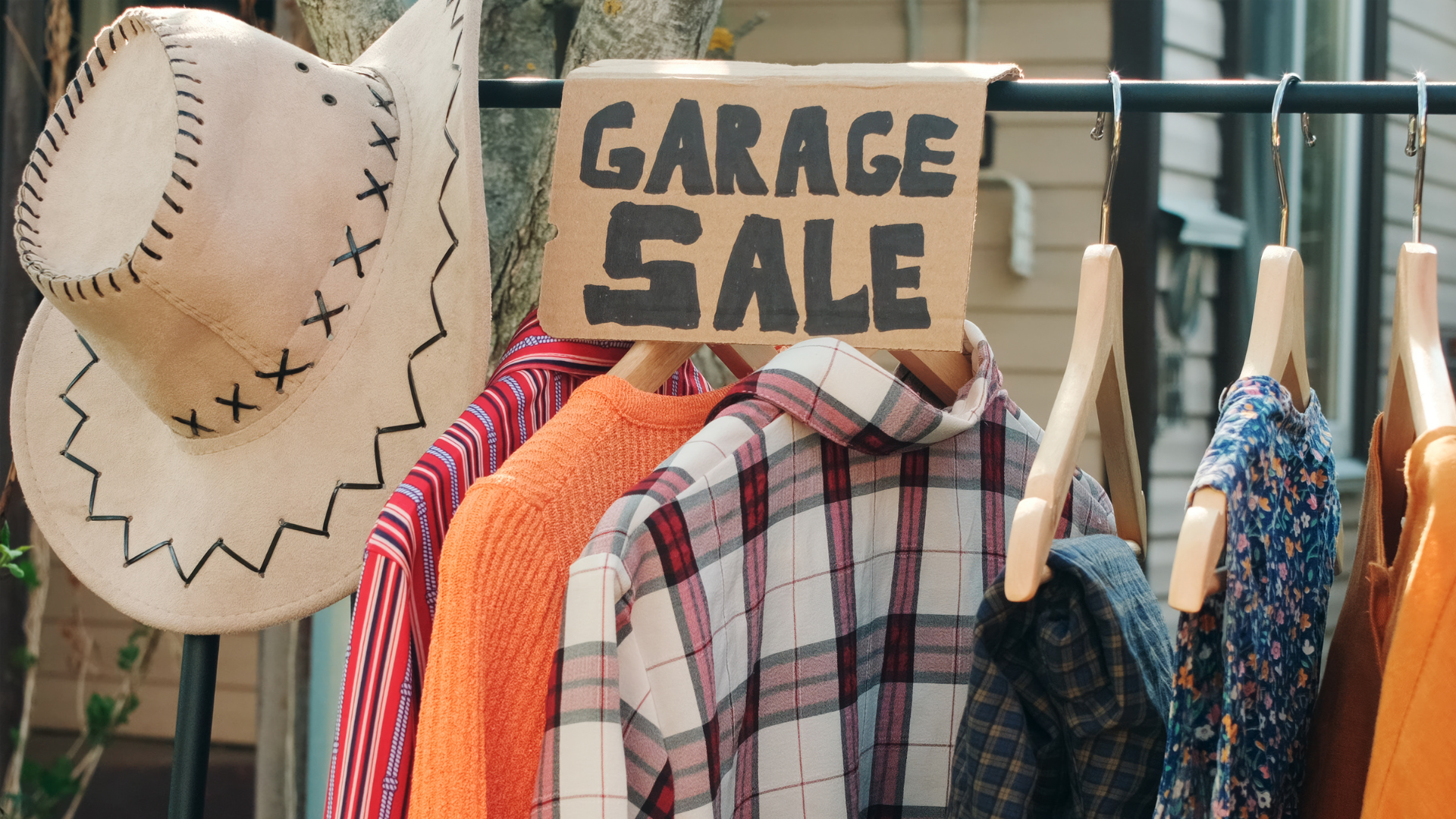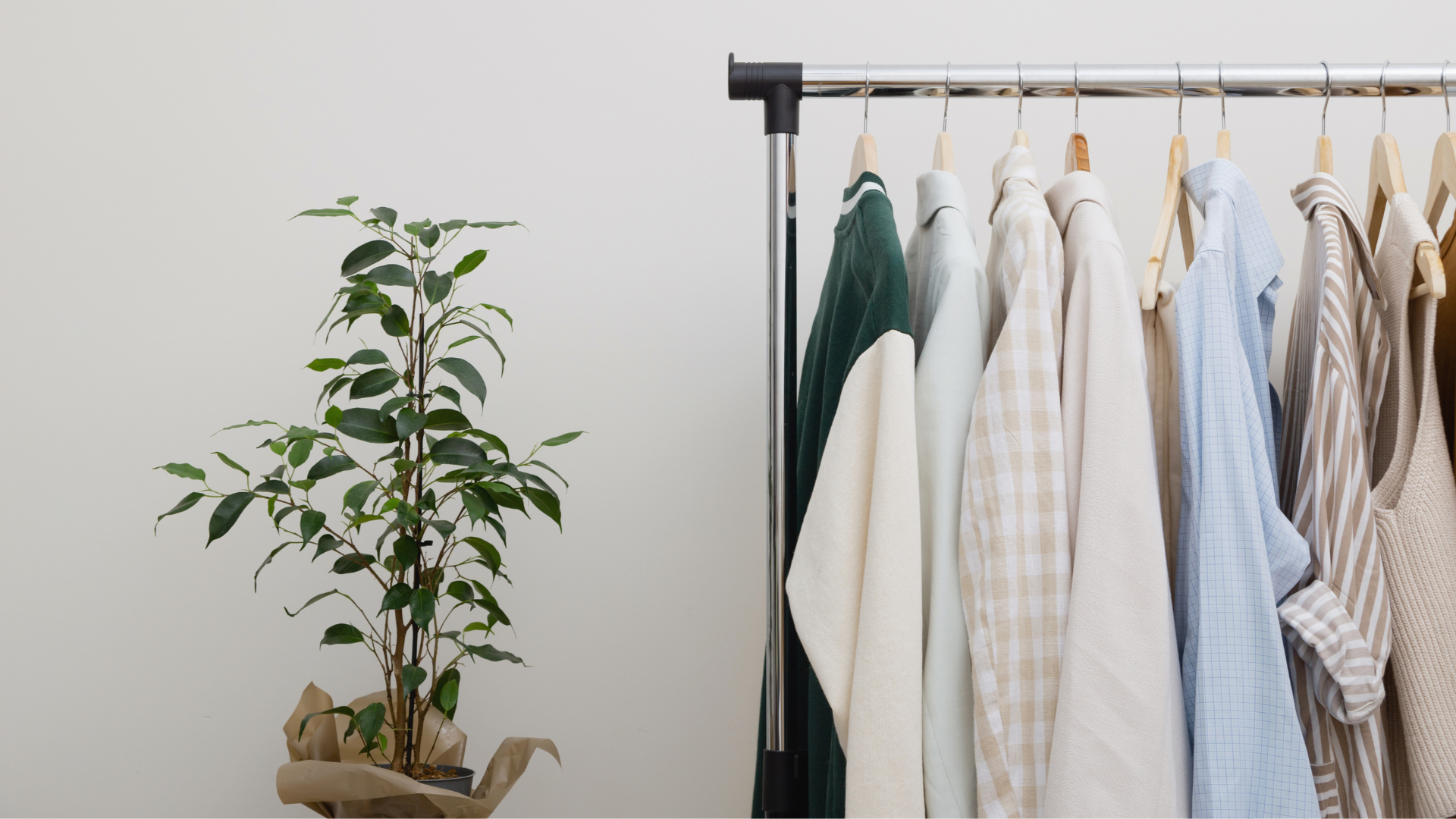The impact of phthalates on health and fertility.
What Are Phthalates and Why Are They Used?
When you spritz on your favorite perfume, light a scented candle, or apply a scented lotion, you’re likely encountering phthalates—synthetic chemicals often hidden within fragrances. Known for their ability to make scents last longer and provide flexibility to plastics, phthalates are widely used in everyday products. However, their potential to harm human health and the environment has raised significant concerns.
At Sustai Market, we’re committed to helping you understand the risks associated with high-risk ingredients like phthalates. Using tools like the Sustai Score and Sustai Badges, we evaluate products based on safety, sustainability, and transparency. In this blog, we’ll dive deep into what phthalates are, their widespread use, and the health and environmental risks they pose.
Understanding Phthalates
What Are Phthalates?
Phthalates are a group of synthetic chemicals commonly used as plasticizers and solvents. They are included in a wide range of products, from personal care items to household goods, due to their unique ability to increase flexibility, durability, and longevity.
Types of Phthalates Commonly Found in Products:
-
DEHP (Diethylhexyl phthalate): Used in plastics like PVC.
-
DBP (Dibutyl phthalate): Found in nail polishes and hair sprays.
-
BBP (Benzyl butyl phthalate): Found in vinyl flooring and adhesives.
-
DEP (Diethyl phthalate): Primarily used in fragrances and personal care products.
While phthalates are effective in their functions, their potential risks to human health and the environment have sparked widespread concern.
How Are Phthalates Used in Everyday Life?
You might not always see “phthalates” listed on a product label, but these chemicals are omnipresent in modern consumer goods.
-
Personal Care Products: Perfumes, deodorants, lotions, and nail polishes often contain phthalates.
-
Household Products: Air fresheners, cleaning agents, and vinyl flooring rely on phthalates for functionality.
-
Food Packaging: Phthalates can leach from plastic wraps and containers into food.
-
Medical Devices: Used in IV tubing, blood bags, and other flexible equipment.
Why Are Phthalates a Concern?
Phthalates are known endocrine disruptors, meaning they can interfere with hormonal systems in humans and animals. Studies have linked phthalates to reproductive health issues, developmental problems, and chronic illnesses. Despite their widespread use, phthalates are often hidden under vague terms like “fragrance” or “parfum,” making it difficult for consumers to identify them.
Sustai Market’s Role:
-
We evaluate products for safety through the Sustai Score, ensuring transparency about potential risks.
-
Products free from phthalates and other harmful chemicals earn our Non-Toxic Badge, making it easier for you to make safer choices.
The Role of Phthalates in Fragrances and Beyond
1) Why Are Phthalates Used in Fragrances?
Phthalates play a crucial role in the formulation of fragrances for both personal care and household products.
-
As Fixatives: Phthalates help fragrances last longer by stabilizing scent molecules, ensuring that the scent lingers throughout the day.
-
As Solvents: They blend essential oils and synthetic fragrances to create a consistent formula.
-
Cost Efficiency: Phthalates are inexpensive, making them a popular choice for manufacturers looking to keep production costs low.
Unfortunately, the same properties that make phthalates useful also contribute to their risks. Their ability to bind and persist in the environment and human tissue raises concerns about their long-term effects.
2) Where Else Are Phthalates Found?
Phthalates are not exclusive to fragrances—they are used in a variety of other products, often hidden behind vague labeling:
-
Cosmetics and Personal Care:
-
Nail polishes (to prevent cracking).
-
Hair sprays (to hold styles).
-
Perfumes and colognes (to enhance scent longevity).
-
-
Household Items:
-
Air fresheners.
-
Vinyl flooring and shower curtains.
-
-
Food Packaging and Medical Equipment:
-
Plastic containers, wraps, and tubing.
-
3) How Phthalates Are Hidden in Labels
One of the biggest challenges with phthalates is their lack of transparency in ingredient lists.
-
The “Fragrance Loophole”:
-
Manufacturers are not required to disclose the specific chemicals used in fragrances.
-
Phthalates are often included under the generic term “fragrance” or “parfum.”
-
-
Misleading Labels:
-
Products labeled as “natural” or “eco-friendly” may still contain phthalates if they include added fragrances.
-
This lack of transparency makes it difficult for consumers to identify products containing phthalates. At Sustai Market, we prioritize transparency by curating products with clear ingredient lists and no harmful chemicals.
The Health Risks of Phthalates
1) Endocrine Disruption and Hormonal Effects
Phthalates are classified as endocrine disruptors, meaning they can interfere with the body’s hormonal systems.
-
How Phthalates Disrupt Hormones:
-
Phthalates mimic or block hormones like estrogen and testosterone, disrupting the body’s natural balance.
-
Prolonged exposure can lead to imbalances with significant health implications.
-
-
Studies on Hormonal Effects:
-
Research has linked phthalates to decreased testosterone levels in men.
-
Women exposed to high levels of phthalates may experience irregular menstrual cycles and hormonal imbalances.
-
2) The Impact on Fertility
The effects of phthalates on reproductive health are particularly concerning.
-
Phthalates and Male Fertility:
-
Studies show a correlation between phthalate exposure and reduced sperm count, motility, and quality.
-
Long-term exposure has been linked to infertility in men.
-
-
Phthalates and Female Fertility:
-
Exposure to phthalates has been associated with conditions like polycystic ovary syndrome (PCOS).
-
Women may experience difficulty conceiving due to hormonal disruptions caused by phthalates.
-
3) Developmental and Long-Term Health Risks
Phthalates do not only affect adults—they pose significant risks to children and developing fetuses.
-
Prenatal Exposure:
-
Phthalates can cross the placenta, exposing unborn babies to potential risks.
-
Prenatal exposure has been linked to developmental delays and neurobehavioral disorders in children.
-
-
Chronic Health Conditions:
-
Long-term exposure to phthalates has been associated with obesity, diabetes, and even certain types of cancer.
-
The Environmental Impact of Phthalates
1) Phthalates in the Environment
Phthalates are not only harmful to human health—they also have significant environmental impacts.
-
Persistence in Water Systems:
-
Phthalates are released into the environment through household waste, industrial runoff, and the degradation of plastic products.
-
Once in waterways, phthalates persist and contaminate rivers, lakes, and oceans.
-
-
Bioaccumulation in Wildlife:
-
Phthalates accumulate in aquatic organisms, disrupting their hormonal systems and reproductive cycles.
-
This can lead to population declines and ripple effects throughout the ecosystem.
-
2) The Broader Ecological Impact
-
Impact on Food Chains:
-
Phthalates can bioaccumulate in fish and other wildlife, potentially impacting humans who consume contaminated seafood.
-
-
Challenges in Mitigation:
-
Removing phthalates from water systems is costly and challenging due to their widespread use and persistence.
-
Alternatives to Phthalates in Fragrances and Products
1) Safer Ingredients for Fragrance Stability
With growing awareness of the risks associated with phthalates, many manufacturers are exploring safer alternatives to stabilize and enhance fragrances.
-
Natural Alternatives:
-
Essential oils: Plant-based oils such as lavender, citrus, and peppermint are not only safe but also provide therapeutic benefits.
-
Plant-derived fixatives: Ingredients like sandalwood oil and vetiver oil act as natural scent stabilizers.
-
Bio-based solvents: Ethanol derived from sugarcane or corn is a safe and sustainable solvent alternative.
-
-
Synthetic Alternatives:
-
Dipropylene glycol: A safer synthetic fixative often used in perfumes and personal care products.
-
Benzyl benzoate: A widely accepted non-toxic alternative for stabilizing fragrances.
-
Cyclodextrins: A carbohydrate-based compound that helps encapsulate and prolong fragrances without the risks associated with phthalates.
-
2) Phthalate-Free Product Categories
Many brands are now offering phthalate-free options in various categories to meet the demand for safer alternatives:
-
Personal Care Products:
-
Phthalate-free perfumes, deodorants, lotions, and nail polishes.
-
Hair sprays and styling products with plant-based or phthalate-free formulations.
-
-
Household Items:
-
Air fresheners made with essential oils or natural fragrances.
-
Cleaning products that avoid synthetic fragrances entirely.
-
Sustai Market’s Role:
We curate products that use safer alternatives to phthalates and evaluate them through the Sustai Score. Products with the Non-Toxic Badge are guaranteed to be free from harmful chemicals like phthalates, making it easier for you to choose safe and effective options.
Regulations and Guidelines for Phthalate Use
Globally, phthalates have come under increasing scrutiny, leading to regulations and bans in various regions. However, the regulatory landscape remains inconsistent, and significant gaps exist.
1) Current Regulations Around the World
-
United States (FDA):
-
The FDA does not explicitly ban phthalates in cosmetics but requires manufacturers to ensure product safety.
-
The Consumer Product Safety Improvement Act (CPSIA) restricts certain phthalates in children’s toys and childcare products.
-
-
European Union (EU):
-
The EU has banned several phthalates, including DEHP, DBP, and BBP, in cosmetics, toys, and other consumer goods.
-
The Registration, Evaluation, Authorisation, and Restriction of Chemicals (REACH) regulation mandates the disclosure of certain phthalates in products.
-
-
Canada:
-
Includes several phthalates on its “Hotlist” of restricted ingredients for cosmetics and personal care products.
-
-
Other Regions:
-
Varying levels of regulation exist across Asia, Australia, and South America, with some countries following EU guidelines while others have minimal restrictions.
-
2) Gaps in Regulatory Standards
-
Lack of Mandatory Testing:
-
Many products are not required to undergo rigorous testing for phthalate content.
-
Manufacturers often avoid disclosing phthalates by using vague terms like “fragrance” or “parfum.”
-
-
The “Fragrance Loophole”:
-
Regulatory agencies allow companies to protect proprietary fragrance formulas, making it difficult for consumers to know what’s truly inside their products.
-
3) The Need for Stricter Guidelines
-
Advocacy for mandatory labeling of all fragrance ingredients, including phthalates.
-
Collaboration between regulatory bodies, manufacturers, and consumer advocacy groups to phase out harmful phthalates and promote safer alternatives.
How to Identify Phthalates in Products
While phthalates are often hidden in ingredient lists, there are tools and strategies you can use to identify them.
1) Reading Ingredient Labels
-
What to Look For:
-
Reconsider products with the terms “fragrance” or “parfum” unless the brand specifies it is phthalate-free.
-
Look for phthalate acronyms such as DEHP, DBP, BBP, and DEP.
-
-
Seek Transparency:
-
Choose brands that provide full ingredient disclosure, including the specific components of their fragrance formulations.
-
2) Tools for Ingredient Research
-
Sustai Market’s Sustai Score: Evaluates safety, sustainability, and transparency to help you identify phthalate-free products.
3) Certifications to Look For
-
USDA Organic: Ensures products are free from synthetic chemicals like phthalates.
-
Sustai Badges:
-
Non-Toxic Badge: Guarantees the product is free from harmful chemicals, including phthalates.
-
Eco-Friendly Badge: Highlights products that meet environmental sustainability standards.
-
Making Informed Choices as a Consumer
Choosing safer products requires a combination of awareness, research, and support for transparent brands.
1) Supporting Transparent Brands
-
Look for brands that disclose all fragrance ingredients and adopt phthalate-free formulations.
-
Support companies that prioritize safety and sustainability in their product development.
2) Balancing Safety and Performance
-
While some phthalate-free products may have shorter-lasting fragrances, they eliminate the risks associated with phthalate exposure.
-
Opt for products that use natural or safer synthetic alternatives to achieve the desired performance.
3) Sustai Market’s Commitment to Transparency
-
At Sustai Market, we ensure all products meet strict safety and sustainability criteria through the Sustai Score.
-
Our Non-Toxic Badge makes it easy to identify phthalate-free options across personal care, household, and cleaning products.
The Future of Fragrance and Safer Ingredients
As consumer demand for safer products grows, the industry is innovating to meet the need for phthalate-free and sustainable solutions.
1) Innovation in Safe Fragrance Technology
-
New Synthetic Ingredients: Development of non-toxic, biodegradable compounds for fragrance stabilization.
-
Advances in Natural Preservation: Fermentation-based technologies and plant-derived compounds to replace synthetic chemicals like phthalates.
2) The Role of Consumer Demand
-
Consumers are driving change by prioritizing transparent brands and phthalate-free products.
-
Advocacy for stricter regulations and ingredient disclosure continues to grow.
3) Sustai Market’s Vision for the Future
-
We envision a future where safety, sustainability, and transparency are standard in the personal care and fragrance industries.
-
By supporting brands that prioritize these values, we aim to create a healthier and more sustainable world for all.
Why Phthalates Are a Hidden Threat
Phthalates may be hidden in fragrances and other consumer products, but their risks to health and the environment are undeniable. By understanding how to identify phthalates, you can make safer, more informed choices for yourself and your family.
At Sustai Market, we are committed to empowering consumers with the knowledge and tools needed to navigate these challenges. From phthalate-free fragrances to household products, our curated selection prioritizes safety, sustainability, and transparency.
Explore More:
-
Visit our Personal Care & Beauty section for thoughtfully curated phthalate-free products.
-
Check out our Health & Wellness blog to learn more about high-risk, harmful chemicals and prioritizing your well-being.
Together, let’s create a safer, healthier, and more sustainable future.



